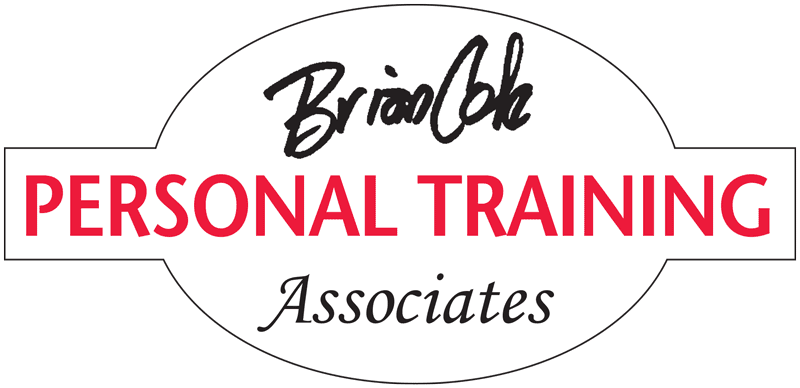FIT. A simple practical definition: Being able to do all the enjoyable activities we want to and doing them with more energy. Also, we don’t want to be sore and tired for the next few days.
How long will it take? Common sense says the insomniac infomercials for the new ab buster (only five minutes a day!) won’t make you develop six pack abs in a few weeks. So why even mention ’em? Because evidently a lot of folks want to believe it. I mean, they sell some.
While I’m talking six pack abs: If you’re a (non-air brushed) woman with body fat low enough to have visible abdominal muscles, you have very little breast tissue left (unless surgically enhanced) and have amenorrhea (the absence of menstruation). This is not a healthy female.
Quick fix claims aside, how long to get to a point where we’re aware of being in a state of improved fitness? While this obviously depends on your starting condition, with a safe approach you’ll know you’re improving in less than 30 days. That awareness will hopefully be enough to offer an incentive to continue. Then it’ll take six months to a year of consistent work to be living on an improved level— where your metabolism has adapted and is now working for you.
Six months to a year of what?
- Gradually and realistically making consistent nutritional improvements. Just making better choices in what (and how much) we eat and drink. Remember, “Our choices are the seeds of our circumstances”— in everything.
- Adding a cardiovascular (increased blood-pumping) component. This can be as simple as gradually working up to a 30- to 45-minute walk three or four times a week.
- Safely increasing our comfortable joint range of motion. The proven and most effective way to do this is by simply moving our bodies through different planes. Reach, twist, lunge, bend…slowly, gently move every way you can without momentum. Just move more. Reach a little further. You don’t have to aggressively stretch anything. Gradually and consistently move more fully.
- And then, the most important of all: Add new lean muscle tissue. This is the real key to improved health. This tissue is, by definition, Energy. This is calorie-burning tissue like no other. Sure, you’ll be stronger. You’ll strengthen your core (which is your foundation). You’ll improve your seated and standing posture. You’ll have better balance. But the research is very clear: This is the only tissue which will allow you to keep any body fat off and not regain it. In addition, strength training—that is progressive resistance weight training—increases our resting metabolic rate, enhances our insulin sensitivity and glucose use, reduces our resting systolic and diastolic blood pressure, improves our cholesterol profiles, increases our bone density, improves our digestion, reduces arthritic pain, gives us more cardio respiratory capacity, relieves depression and makes us feel better! All this from strength training alone.
Let’s say you do all of the above for a year or so, then what? Think of it this way: Like a good relationship, being fit isn’t something we ever finally achieve. We never get to just stop and stay there. We have to keep paying attention and adapting to changing circumstances. They’re both always a work in progress. We work on ’em because “The rewards are worth the efforts.”

